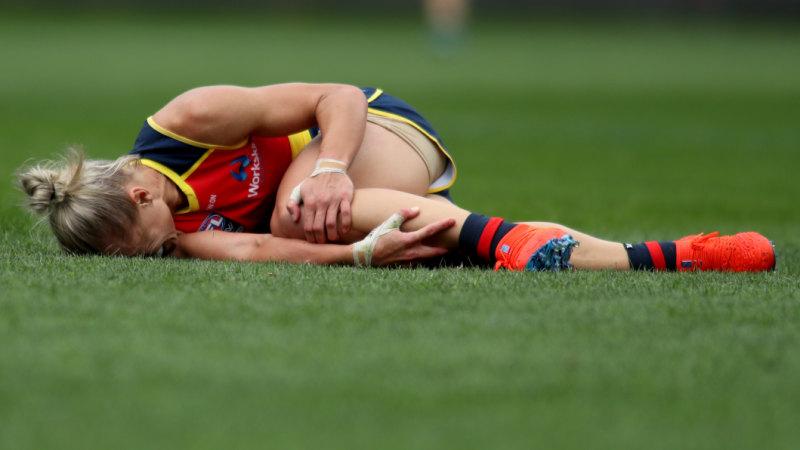“I’ve Done My Knee” - The Dreaded ACL

What is an ACL?

The anterior cruciate ligament (ACL) in the knee forms a crux (“X”) with the posterior cruciate ligament (PCL) to stabilise the two primary bones of the leg, namely the femur and tibia. These two ligaments stabilise forwards and backwards movement, while the medial and lateral collateral ligaments (MCL & LCL, respectively) stabilise side to side motion of the knee.
Just like other ligaments, they can sprain or tear if they are put under too much stress.
- Grade 1 sprains involve overstretching
- Grade 2 sprains result in a partial or incomplete tear
- A full tear, or a Grade 3 injury, is when a ligament tears all the way through.
How does an ACL tear occur?
The ACL is at most risk when the knee is in a little bit of knee bend (flexion), while also twisting inwards (a term called valgus). The role of the ACL is to stop the shin bone going forwards under the (thigh bone). When the shin begins to move too far forwards, the ACL is put on stretch and can fail.
A lot of ACL injuries occur with rapid changes of direction - often without any contact from another player - or when landing from a height. A range of factors can play into the likelihood of tearing the ACL - these include:
- gender (females>males)
- fatigue/weakness
- previous injury
- anatomical makeup of your hip, knee and foot
- family history
What happens if I have hurt my ACL?
If you have injured your ACL, you will most likely notice pain, limited range of motion, instability and swelling.
Grade 1 & 2 (minor) injuries are typically managed conservatively - that is, without surgery.

Grade 3 injuries (or “ruptures”) are most commonly treated with surgery and a long rehabilitation process of 10-12 months afterwards. The ACL may have the ability to heal all by itself, under the right conditions, and there is research underway to determine if this is a viable alternative to surgery for active people.
Surgery (ACL Reconstruction) involves taking part of a tendon (commonly the hamstring) from elsewhere in your body and placing it inside the knee to create a new ligament. This is done via keyhole surgery with a short hospital stay.
For all ACL injuries, rehab will focus on strength and balance training. Taping and bracing may also benefit the knee to further reduce the risk of re-injury.
How long will my ACL rehab go for?
Grade 1-2 ACL injuries will typically take less than 2-3 months to recover and regain full function. Grade 3 injuries take considerably longer, some taking 12 months or more.
Initially, the focus is on restoring full range of motion to the knee as soon as possible. Following this, a period of strengthening and retraining the muscles of the leg to better control the position of the knee is necessary. Once you have sufficient strength and control of the knee, you will be able to return to running and jumping.
Progressively, your running load will increase followed by the introduction of agility drills - usually specific to your sport.
At Leading Edge Physiotherapy we are expertly positioned to help you rehabilitate your ACL injury. Two of our three locations are based in private hospitals where we help ACL-injured patients immediately post-operatively whilst in hospital, but then through their rehab journey back to full participation in their chosen activities. We can literally help you get out of the hospital bed, then all the way through to getting back on the sporting field. If you have suffered an ACL injury, please contact us and we can discuss the steps required to get you back to work or sport in the shortest and safest way possible.
Helpful Links: https://blogs.bmj.com/bjsm/2020/12/22/the-acl-injury-journey/
